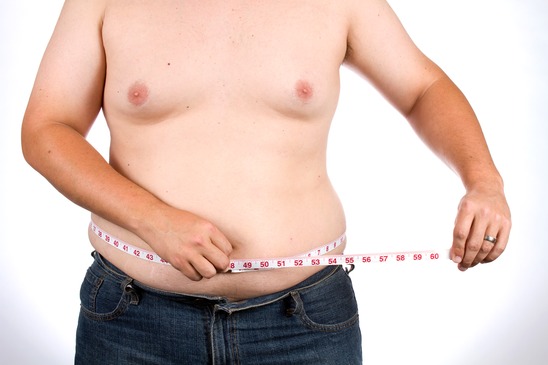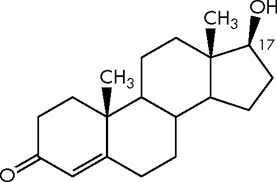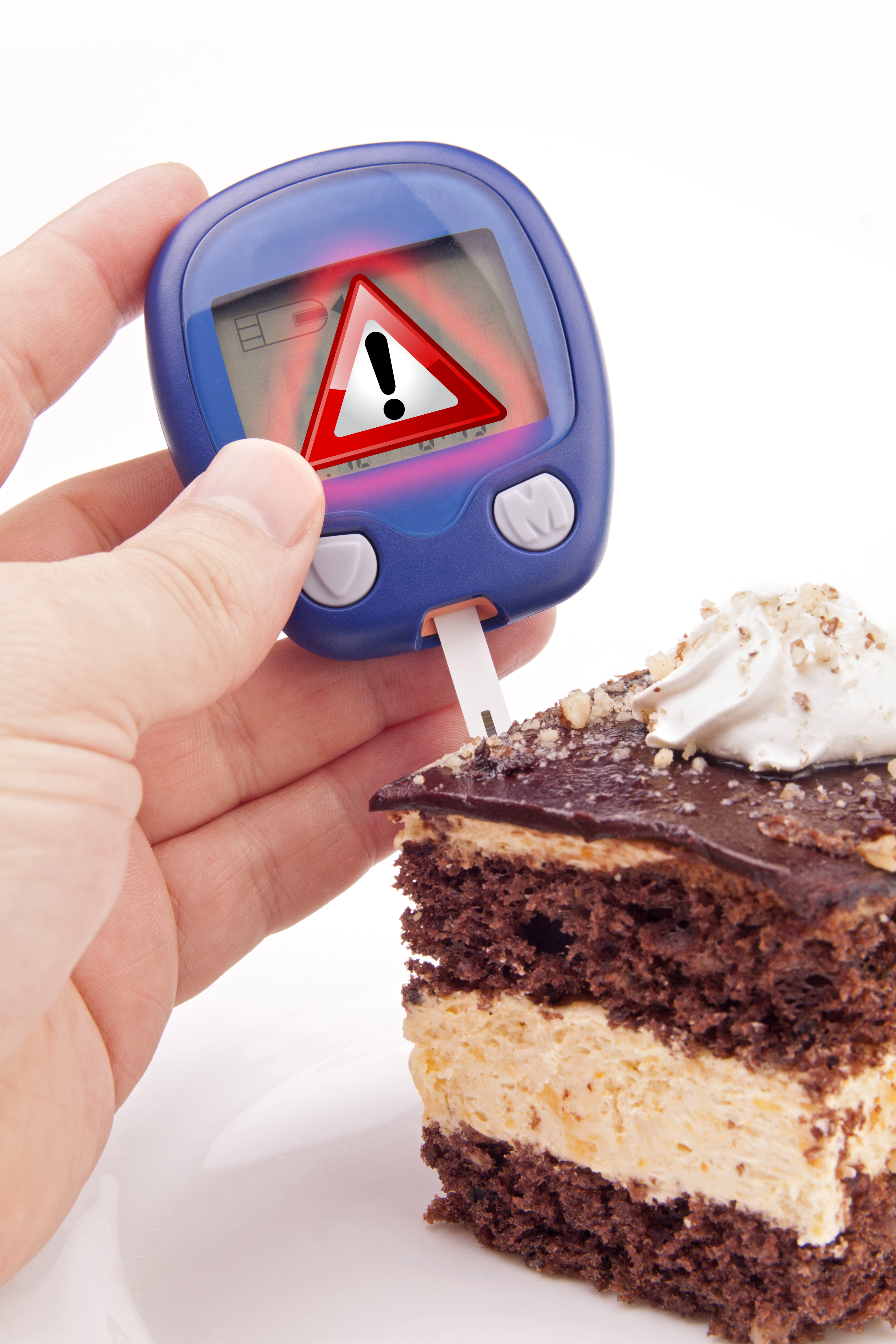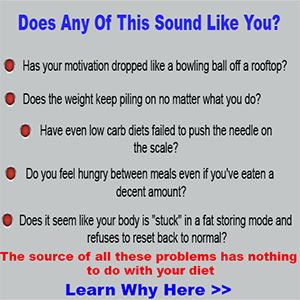5 Crazy Things That Are Dropping Your Testosterone
 It has been shown that aging could negatively impact a man’s testosterone levels.
It has been shown that aging could negatively impact a man’s testosterone levels.
However, there is new information that shows that free testosterone levels may not decline with age, but there may be an increase in sex-hormone binding globulin (SHBG) levels present in your blood.
SHBG is a transport molecule that binds free testosterone that is produced in your testes and then transports it throughout your body.
The problem with testosterone that is bound to SHBG: testosterone is unable to be used by the cells of your body.
It has been shown that aging could increase SHBG levels in your blood, which could result in lower FREE testosterone levels.
However, aging and SHBG levels are not the only things that can lower testosterone levels or give you low testosterone-like symptoms.
Let me explain…
Low Testosterone Symptoms
Low testosterone symptoms is a situation where your body may have adequate levels of testosterone.
However, due to many different things that may be occurring in your body (without your knowledge), you could exhibit the same signs and symptoms as someone with lower testosterone levels – even if your testosterone levels are high.
Here are five of the most common conditions that are associated with low testosterone or low testosterone symptoms:
1. Increased Cortisol Levels
Cortisol, which is considered by many to be the main stress hormone, may cause you to exhibit low testosterone levels or low testosterone symptoms.
When your cortisol levels are elevated, it causes a suppression of your pituitary gland.
As a review, clinical studies show that your hypothalamus releases a hormone (GNRH) which then stimulates your pituitary gland to produce luteinizing hormone (LH).
LH then travels through your body and enters into your testes, where it stimulates the synthesis and release of testosterone.
Increased cortisol levels could cause a decrease in the production of LH, which could lead to a decrease in your production of testosterone.
Plus, cortisol could also increase blood sugar levels, creating an imbalance which could alter your testosterone levels.
2. Blood Sugar Imbalances
 Blood sugar imbalances could be the most common symptom associated with low testosterone or low testosterone symptoms.
Blood sugar imbalances could be the most common symptom associated with low testosterone or low testosterone symptoms.
There are many conditions that can lead to altered blood sugar levels. They include: undiagnosed diabetes, elevated cortisol levels, and poor diet.
Altered blood sugar levels also act on one of the main pathways for testosterone production.
First, altered blood glucose could increase the production of androstenedione, which is a precursor to testosterone.
However, androstenedione is much weaker than testosterone (about five times weaker), and competes with testosterone for the same receptors on your cells.
If androstenedione attaches to the receptor site, then there could be a weaker response from your cells, leading to low testosterone-like symptoms.
Altered blood glucose levels may also result in an altered testosterone to estrogen ratio.
If there is more estrogen than testosterone, this may cause low testosterone symptoms.
Plus, estrogen increases SHBG levels, which means there could be less free testosterone in your blood to bind to your cells.
3. Impaired Liver Function
Impaired liver function could be another major problem facing men (women and children too) today.
Exposure to harmful environmental chemicals and toxins may cause a decline in your liver function, which could decrease your testosterone levels.
Biologically, testosterone has a very short half-life, where estrogen has a much longer half-life.
Your liver’s job is to filter out toxins and hormones, like estrogen, from your body.
However, if your liver is not functioning correctly, then your body has a harder time processing and eliminating estrogen from your body.
This alters your testosterone to estrogen ratio which could lead cause low testosterone-like symptoms or low testosterone levels in general.
4. DHT
Testosterone can be converted into DHT, a much stronger form of testosterone, which has been shown to be 10 times stronger than testosterone.

If you have increased DHT levels, your testosterone receptors become resistant to regular testosterone.
This results in the inability of testosterone to bind and enter your cells, leading to low testosterone symptoms.
Your testosterone levels may be increased, but due to too much DHT, your testosterone may not function correctly and may even be converted into even more DHT.
5. Dietary Food Choices
Diet plays an integral role in your testosterone levels.
Without adequate dietary fats, essential fats, and cholesterol, your body may not be able to produce enough testosterone in your testes.
Deficiencies in zinc may also lower your testosterone levels or lead to low-testosterone symptoms.
It has been shown that a person deficient in zinc, who then received zinc supplementation showed an increase in testosterone levels.
Also, your stomach acids do their part to absorb zinc from your diet. If you are lacking in stomach acid levels, then you may find a poor absorption for zinc, even when you include adequate zinc in your diet.
Vitamins, such as vitamin B6, may not directly impact your testosterone levels.
However, it has been shown that vitamin B6 can metabolize estrogen, therefore potentially lowering your production of SHBG.
About Jayson Hunter & Jaylab Pro

Jaylab Pro was founded by Registered Dietitian Jayson Hunter. Jayson has been recognized as one of America's foremost weight loss experts by America's Premier Experts™. He has also been featured in USA Today for this accomplishment. Jayson is also a best-selling author having co-authored multiple books in health & fitness and business growth. Jayson and the Jaylab Pro team are proud to create content that helps improve the lives of millions of people around the world. We hope you enjoy it just as much as others have.
 If you order a JayLabPro SmartShip product or any Combo Package, we will automatically ship you a new supply of the product or products you have ordered every month, starting 30 days after your initial order is shipped, and continuing until you cancel. The credit card you are using today will be billed the lowest available price for those product or products when your order is shipped, but shipping will be FREE. You may log into your customer account or call our customer service department toll-free at 1-888-9GETPRO (1-888-943-8776) between the hours of 8am – 9pm EST Mon-Fri to cancel future shipments, customize the timing of your shipments, or change the credit card used for billing.
If you order a JayLabPro SmartShip product or any Combo Package, we will automatically ship you a new supply of the product or products you have ordered every month, starting 30 days after your initial order is shipped, and continuing until you cancel. The credit card you are using today will be billed the lowest available price for those product or products when your order is shipped, but shipping will be FREE. You may log into your customer account or call our customer service department toll-free at 1-888-9GETPRO (1-888-943-8776) between the hours of 8am – 9pm EST Mon-Fri to cancel future shipments, customize the timing of your shipments, or change the credit card used for billing.










